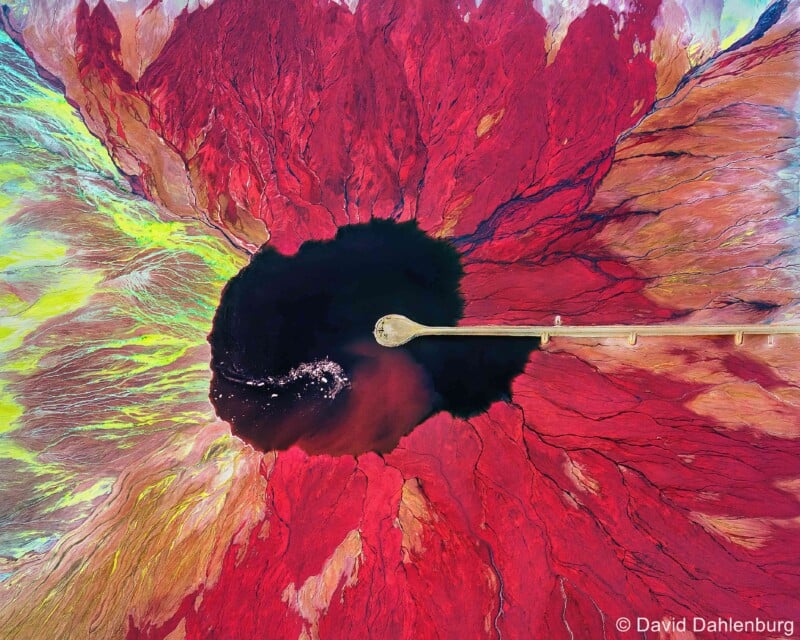Photo Competition Celebrating Nature in Australia Reveals its Winners
![]()
The winners of the 2024 Australian Geographic Nature Photographer of the Year competition have been announced with an image taken from a drone of two humpback whales cooperating to hunt a school of fish taking home the $6,800 (10,000 AUD) prize.
The competition is produced by the South Australian Museum and aims to showcase the best wildlife and landscape photographs taken across Australia, New Zealand, Antarctica, and New Guinea bioregions.
Overall Winner

Animals in Nature


Aerial


Astrophotography


Threatened Species


Our Impact


Landscape


Macro


Monochromne


An exhibition of the competition is on at the South Australian Museum in Adelaide from Saturday 31 August until Sunday 3 November 2024. All of the winners and finalists can be viewed on the South Australian Museum website.
Discussion